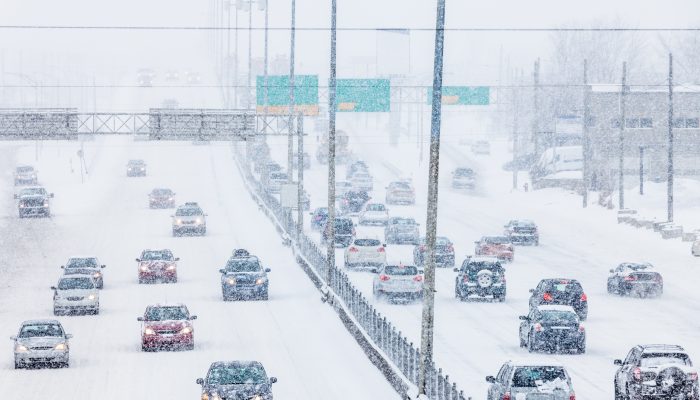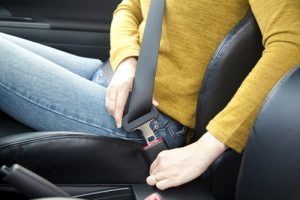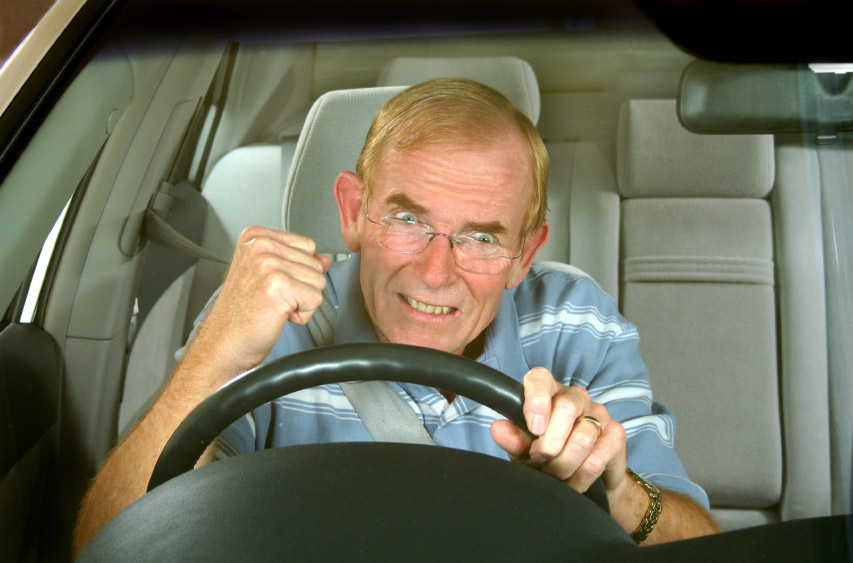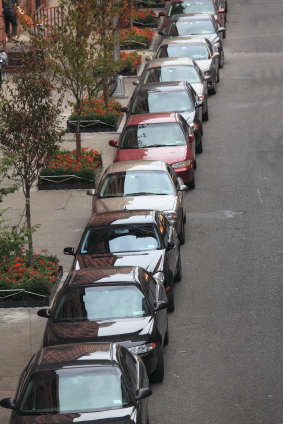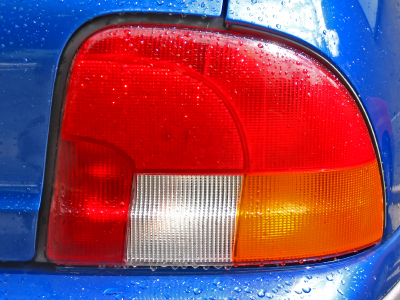
In Canada and Calgary, most people drive. That’s part of why our work at Calgary driving school, Derek Brown’s Academy, is important. While many people take part in this daily routine, there are several driving myths that persist regarding various aspects of driving. These misconceptions, if left unaddressed, can contribute to unsafe practices on the road. We will explore some of the most common misconceptions about driving and seek to dispel them in an effort to promote safer and more informed behaviors on the road.
Driving Myths
One prevalent misconception is that once a driver has obtained their license, they are fully equipped with all the skills and knowledge necessary for a lifetime of safe driving. In reality, driving is a dynamic activity, and road conditions, traffic laws, and vehicle technologies are subject to change. Ongoing education, like our defensive driving course, and awareness are essential for drivers to stay informed about new regulations, advancements in automotive safety features, and best practices for navigating the road. A commitment to continuous learning can help dispel the illusion of invincibility that some drivers may develop over time.
Another commonly held misconception is that multitasking while driving is manageable and harmless. With the advent of smartphones and other portable devices, the temptation to engage in activities such as texting, talking on the phone, or using social media while driving has increased. However, studies consistently show that distracted driving is a leading cause of accidents. The human brain is not designed to perform multiple complex tasks simultaneously, and attempting to do so while behind the wheel compromises reaction time and overall attentiveness. Dispelling this misconception requires a cultural shift towards prioritizing the undivided attention of drivers on the road.
Speed Limits are Important
There is also a prevailing belief that speed limits are arbitrary and that exceeding them is a victimless violation. Speed limits are carefully established based on considerations of road design, traffic flow, and safety. Calgary establishes certain speed limits in order to keep everyone, especially children, safe. Excessive speed reduces a driver’s ability to react to unexpected situations, increases stopping distances, and exacerbates the severity of accidents. Dispelling the misconception around speed limits involves recognizing them as critical safety measures rather than as inconvenient restrictions. Adhering to posted speed limits contributes significantly to overall road safety.
Furthermore, some drivers believe that they are impervious to the consequences of driving under the influence of alcohol or drugs. This misconception can have severe consequences, as impaired driving is a leading cause of accidents and fatalities. Dispelling this belief involves not only understanding the legal ramifications but also acknowledging the potential harm that impaired driving can inflict on oneself and others. Education campaigns, stringent law enforcement, and community initiatives are crucial in challenging this dangerous misconception.
Parking Myths
Parking-related misconceptions are also common. Many drivers believe that parking in a designated handicapped spot for a short duration is acceptable, especially if they do not observe anyone in immediate need. However, handicapped parking spaces are reserved for individuals with specific needs, and occupying them without authorization is not only inconsiderate but also illegal. Dispelling this misconception involves fostering empathy and understanding for those with disabilities and recognizing the importance of accessible parking spaces in ensuring equal opportunities for all.
Dispelling common myths about driving is essential for fostering a culture of safety on the road. Education, awareness campaigns, and changes in societal attitudes are all crucial elements in challenging these misconceptions. Driving is a dynamic and evolving activity that requires continuous learning, acknowledging the dangers of distracted and impaired driving, respecting speed limits, and recognizing the significance of parking regulations. A better understanding of driving can contribute to creating a safer and more responsible driving environment for everyone.
Derek Brown’s offers courses whether you are just learning to drive or needing a brush up. Visit our home page for more information about the best driving school Calgary has to offer, Derek Brown’s.


